Would you like to generate more website traffic? Of course, you would! More website traffic means more opportunities for conversions, and who doesn’t want that?! As you may have guessed from the title, blogs are one way to drive more traffic to your website. But, not just any blogs will work. Blogs have to be optimized to drive traffic to your site.

Several things determine how well your website ranks. Page speed, mobile-friendliness, optimized content, and user experience are all important. But, when you post blogs regularly, they have the potential to increase the number of people visiting your site dramatically.
According to a study conducted by inbound marketing experts at Hubspot, organizations that blog regularly see their monthly leads (or in the case of nonprofits, potential supporters) attract 126 percent more traffic than those that don’t. It’s a simple equation: more traffic equals more opportunities for conversions and attracting supporters.
Check Out These Results!
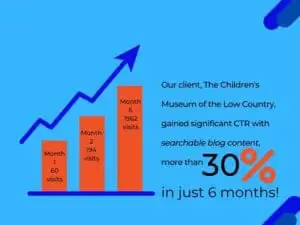
An excellent example of this is when our client, The Children’s Museum of the Lowcountry, started regularly adding blogs to their site. Before the addition of blogs, most of the traffic was generated by the organization’s branded content. In the span of only a few months, blog content became the main driver of website traffic.
7 Tips to Create Blogs That Drive Traffic
Nonprofit Megaphone is privileged to help several clients succeed by crafting blogs for them that improve their Google ranking. We continuously research the latest blogging tips and trends to ensure that we provide clients with a quality product. Here are some of the latest things we’ve learned to maximize your blog power:
1. High-Quality Content Creation
It all starts here. You may have some great ideas for blogs, but do your blog ideas connect with the audience you want to attract and your mission? No offense, but your opinion isn’t that important when choosing the best topics for your blogs unless you don’t care about driving traffic to your site. Sure, you might get lucky and hit on a topic many people are searching for, but why take a chance when there are tools to determine what people are searching for and the best words to use?
If your blogs aren’t satisfying search queries, that’s the end of the story.
I’m not going to lie; it takes more than just dashing off a quick blog here and there. And there’s more to it than being a good writer. It takes an investment of time to research and develop high-quality content that ranks on Google.

Keyword research will help you discover topics your users are interested in based on search engine data. Yes, It’s all about search engine optimization. Fortunately, there are guides to help you get a handle on how to do keyword research and several tools (free and subscription-based) available:
2. Use Compelling & Optimized Headlines
Cyberspace is a busy, crowded place. You only have a few seconds, yes, seconds, to grab attention and convince someone to click on your blog. The headline is the first impression, and as we know, first impressions are crucial. The headline is the workhorse that does the heavy lifting to drive traffic to your blog.
Good headlines are the key to persuade someone to keep reading. It would be sad and a colossal waste of time to create a high-quality content blog that no one reads because the headline failed to capture their attention. There are several different ways to write blog post headlines—some more effective than others.
- Align the headline with the content.
This seems obvious, but readers and Google will be disappointed if your blog’s content doesn’t match your headline. And disappointing Google affects your ranking.
- Incorporate SEO keywords so searchers can find your content.
Sometimes it’s not only what you say, but how you say it. Using keywords in your headline will make it easier for Google and readers to find your blog.
- Include specific numbers in the headline.
When appropriate, use numbers in your headline. Studies found that readers prefer headlines containing numbers over other types of headlines by a significant margin when it makes sense.
For example, which of the following headlines is more compelling?
- How to Write Headlines that Work
- 5 Tips I’ve Used to Write Headlines to Grow my Blog Traffic
The first headline is very generic, while the second one contains specific numbers that imply the writer’s credibility.
Another tip for using numbers is to use odd-numbered lists, which, according to a study using 150,000 headlines compiled by Hubspot and Outbrain, have a 20 percent better click-through rate than even-numbered headlines. Go figure!
- Use parentheses or brackets.
Continuing with the strange but proven tips, another Outbrain and Hubspot study (of over 3.3 million paid links) found that headlines with brackets performed 38 percent better than headlines without them. Use parentheses to:
- Offer a bonus or give readers another reason to click.
7 Ways to Write Click-Worthy Headlines (Free Headline Template Inside)
- Add credibility to your headline, so readers view you as an authority, making them much more likely to click through and read your blog.
7 Ways to Write Click-Worthy Headlines (That Increased My Conversion Rate by 45 Percent)
- Use Hyphens and Colons
Another interesting tip to increase click-through rates (by as much as nine percent on average) is the use of hyphens and colons. A simple formula to include hyphens and colons is to use the SEO keywords phrase at the beginning of the headline, followed by a compelling title.
For example, Successful Blog Writing: 7 Proven Ways to Get Better Click-Through Rates
- Use Questions

Another tactic that can generate interest in a headline is to ask a question. Questions can create curiosity, and people who want to know the answer to the question will click your headline and read the article. Of course, it can’t be an easy question to answer, but one that will provoke thought and generate curiosity.
For example, Are You Making Any of These 5 Common Blogging Mistakes?
3. Add Subheadings and Shorter Paragraphs to Break up the Page
Formatting matters when it comes to blog posts. If your blog looks like one giant paragraph, the chances are good that no one will take the time to read it. Most of the time, people skim the content before deciding to read it, so breaking up your article with subheadings can help pique a reader’s interest.
Anything you can do to make it easier on the user’s eyes will help them read your blog post (and take the action you want them to take).
Another tip is to use shorter paragraphs to help your readers work their way through your post. Some experts suggest that a paragraph should be no more than six lines.
4. Use Bullet Points
People aren’t looking for leisurely beach reading when they search the internet. They’re looking for specific information, and they don’t want to work to get it. As mentioned earlier, people tend to skim blog posts before they decide to read it. Highlighting your most relevant information will help them quickly see that your post is worth their time.
Much like subheadings, bullet lists are perfect because they’re very easy to skim through. Here are some tips for using to write bullet points that people will actually read:
- Express clear benefits. Think of bullets as mini-headlines.
- Keep bullets short and symmetrical. One-to-two lines each.
- Avoid bullet clutter. Bullets are not sentences or paragraphs. They’re just like headlines.
5. Add Images
You’ve probably heard the adage, “A picture’s worth a thousand words.” One element that can drive your point home even more–images. That’s because visuals add a component to storytelling that text cannot: speed. Adding captivating images can help boost your engagement.
Fortunately, there are many excellent free resources for finding high-quality royalty-free images.
6. Optimize for SEO

While you should never put SEO over your user’s experience (UX), you shouldn’t ignore SEO, either. The goal is to find the balance. Organic (unpaid) searches on Google drive a massive chunk of the traffic for most websites. To maximize your SEO ranking, it’s recommended that you optimize your blog post for important SEO ranking factors.
7. Add a Clear Call-to-Action
Don’t make your readers guess. Let them know exactly what you want them to do with a clear call to action. Whether that’s asking them to leave a comment, share your blog post, follow you on social media, or subscribe to your newsletter, make sure you clearly state what you’d like them to do. A good call-to-action is something simple, easily distinguishable, and stands out.
As the leader in Google Grant management for nonprofit organizations, Nonprofit Megaphone understands how valuable, high-quality content is, so we offer professional SEO content writing services to create blog posts and landing page content. Let us know how we can help you. We love to help nonprofit organizations succeed!
.svg)


.svg)
.svg)
.svg)

.avif)



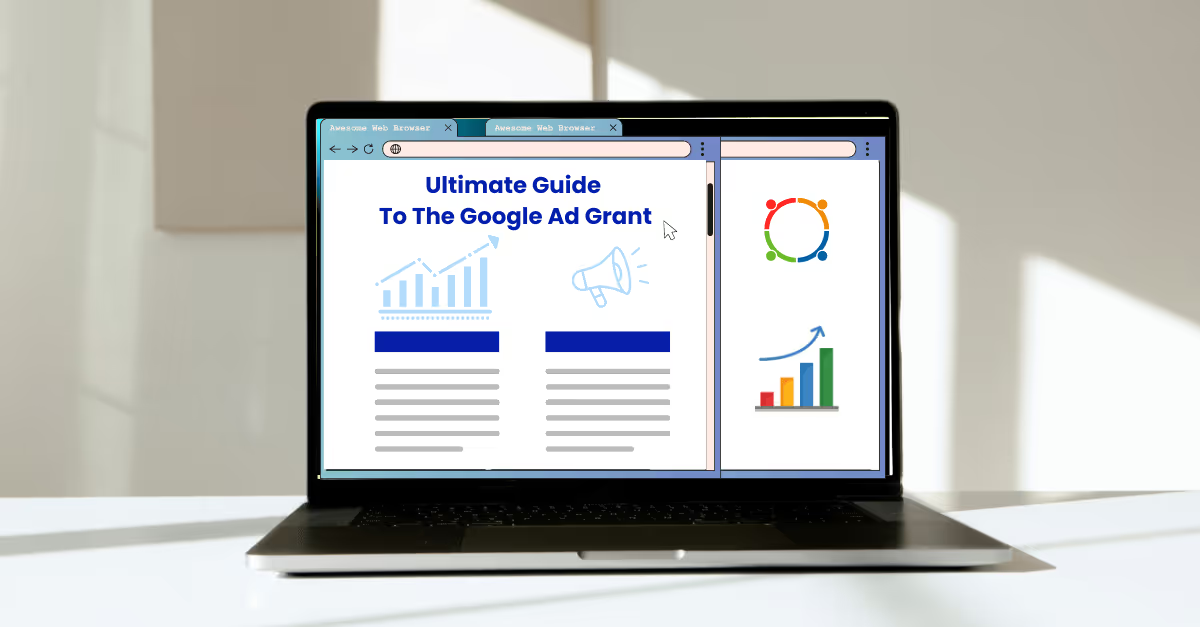










































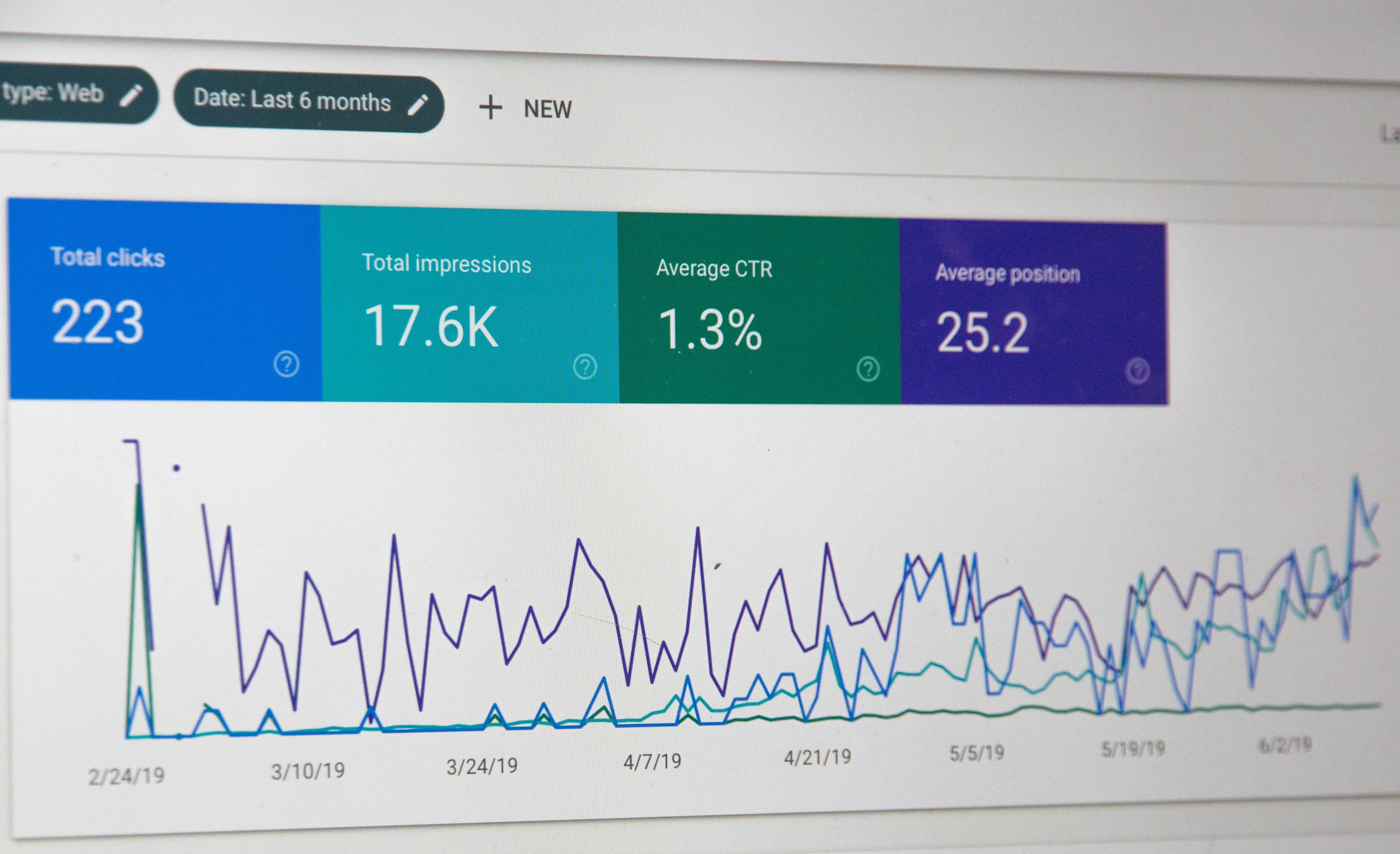















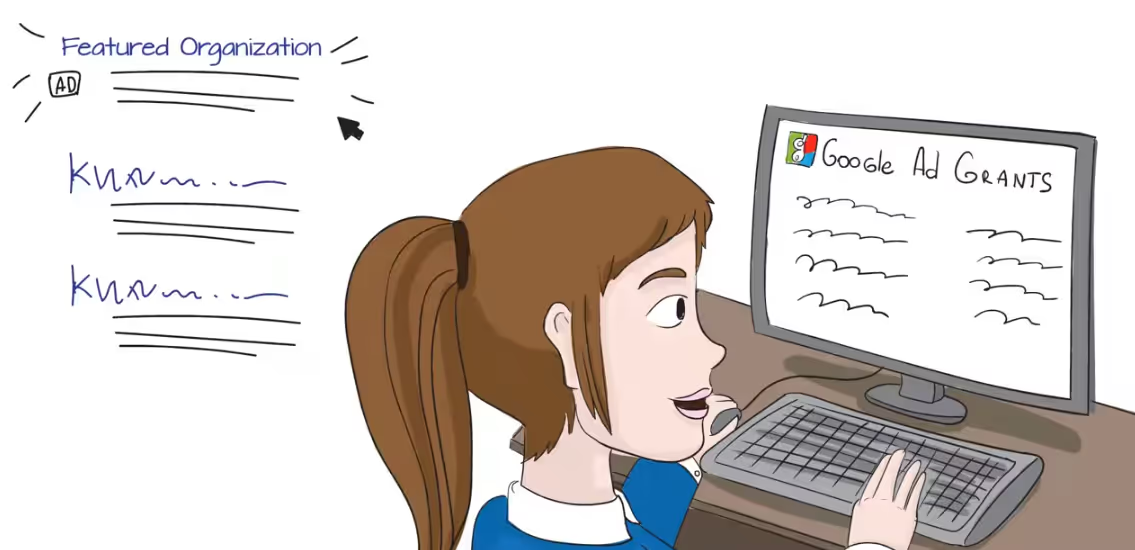




















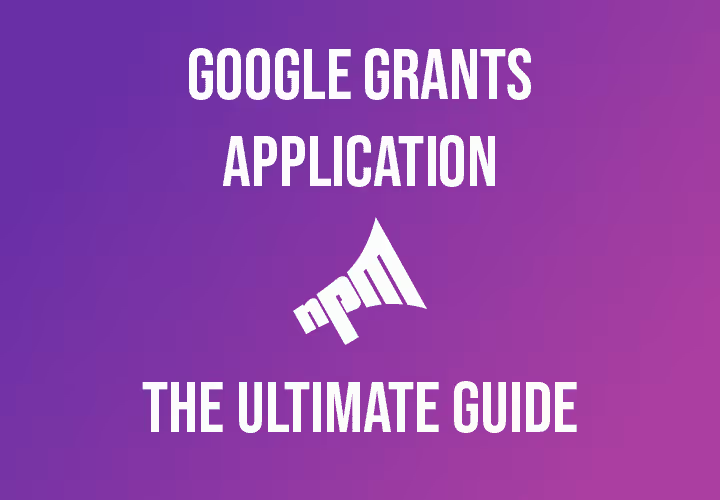

















.svg)
.svg)
.svg)
.svg)